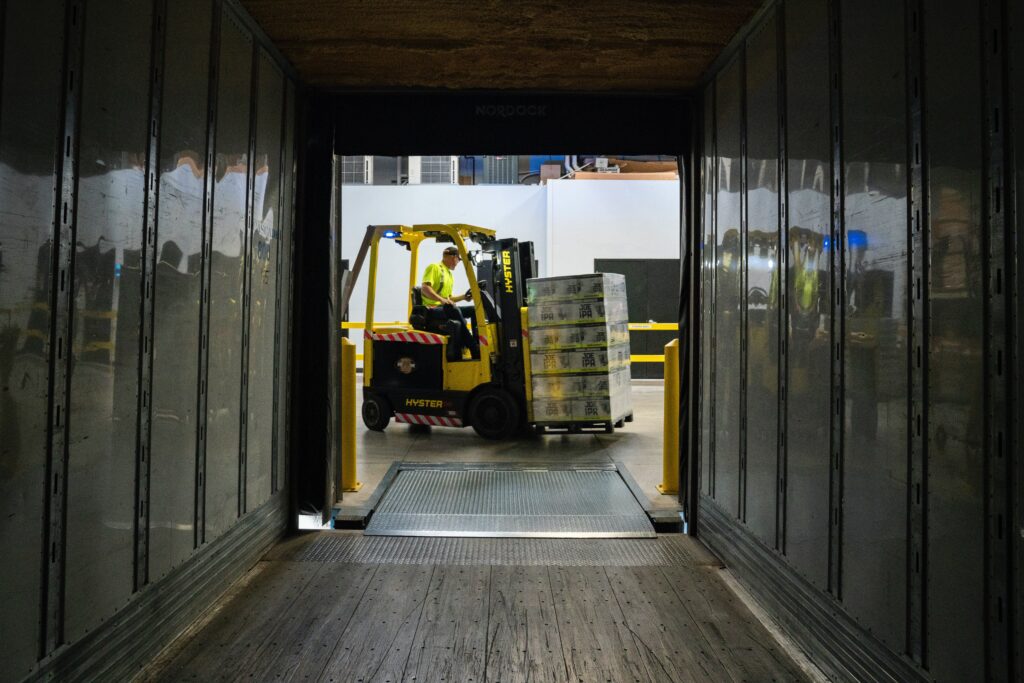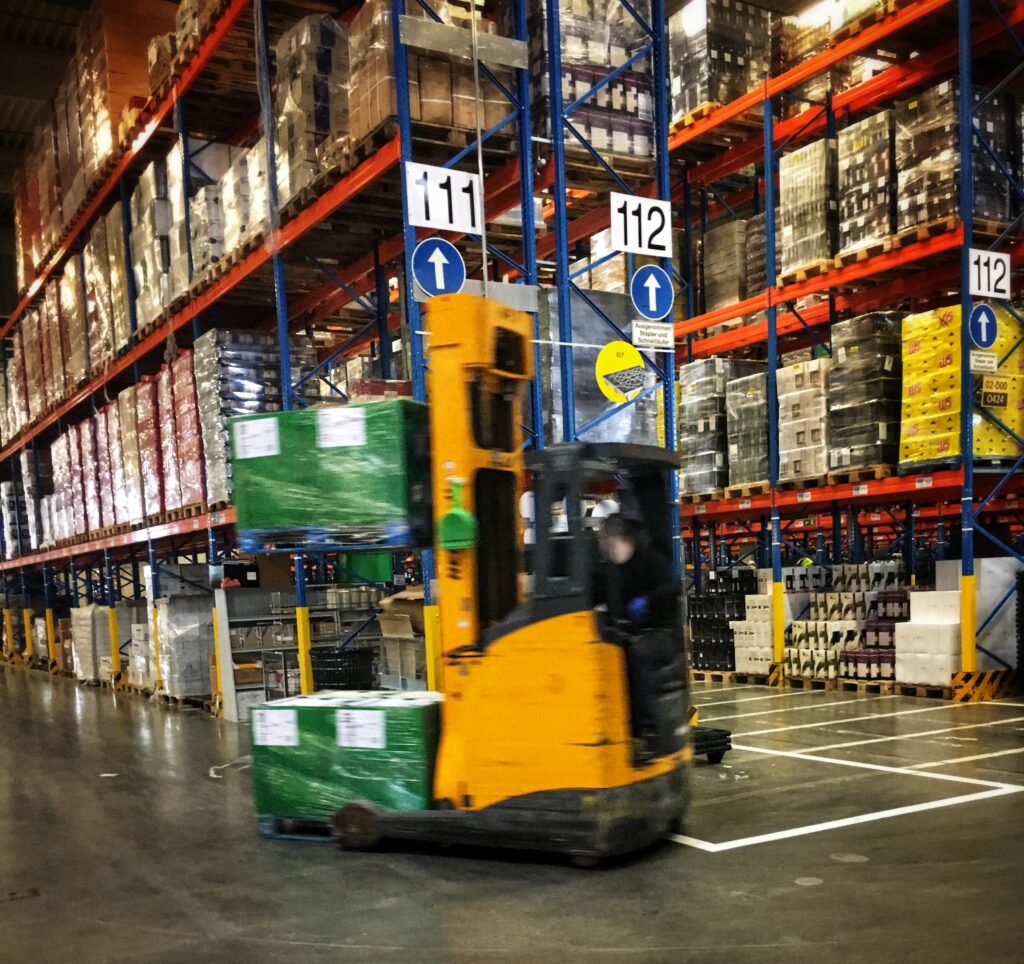Amazon Wholesale Guide

In today’s rapidly advancing e-commerce environment, Amazon continues to offer invaluable opportunities for sellers looking to expand their reach. Two of these opportunities, often overlooked but incredibly valuable, are “Amazon Wholesale” and “Amazon Business Wholesale.” We will dive deep into these models, and discuss these as new revenue streams, even for the seasoned seller. In this guide, we’ll unravel the intricacies of both, and go over step-by-step guidance to ensure you’re maximizing your earning potential.
Understanding Amazon Wholesale
Amazon Wholesale, at its heart, is a representation of the traditional wholesale model but adapted and optimized for the world’s largest online marketplace, Amazon. It merges the traditional concept of buying in bulk at discounted rates with the digital prowess of Amazon’s platform. Lets talk more about this model.
The Foundations of Amazon Wholesale
- Bulk Purchasing: Central to the Amazon Wholesale model is the practice of acquiring products in substantial quantities. By doing so, sellers can negotiate significantly reduced rates, ensuring the foundation for a profitable markup when the products are sold to end consumers.
- Direct Relationships with Manufacturers or Distributors: Unlike other models where there might be several people between you and the product, Amazon Wholesale often involves developing direct ties with manufacturers or large-scale distributors. This not only allows for competitive pricing but can also lead to exclusive deals or first access to new product releases.
Contrasting with Other Models
- Private Labeling: The private label model involves sellers sourcing generic products but branding them as their own. While it offers brand control and potentially higher profit margins, it requires substantial investments in branding, marketing, and sometimes product modifications. In contrast, Amazon Wholesale leverages already established brands and their market presence. Private Labeling is one of the more risky models, due to the uncertainty of the market, up front cost, and often times requires shipment in bulk from overseas.
- Dropshipping: Here, sellers act as a storefront, listing products that they don’t physically have. When an order is placed, it’s forwarded to a third-party supplier who ships directly to the customer. While dropshipping minimizes the need for inventory storage and upfront investment, it often comes with thinner profit margins and less control over product quality, shipping speed, and inventory levels. Amazon Wholesale, on the other hand, requires sellers to manage inventory, but offers greater control over the entire selling process. Dropshipping is generally not a model we would recommend for use on the Amazon platform.

The Storage and Inventory Dynamics
One of the biggest challenges and considerations of the Amazon Wholesale model is the requirement for storage. Because products are purchased in vast quantities:
- Warehouse Needs: Sellers often need access to warehousing or storage solutions. The space should be conducive to storing products without causing damage and allow for easy retrieval for shipping. This is not always required right away, but it is recommended, as most distributors will not ship to a residential address.
- Inventory Management: With large quantities of products in hand, effective inventory management becomes very important. This includes forecasting to avoid stockouts, managing reorder points, and ensuring the rotation of stock to prevent product staleness or expired products.
- Logistics and Shipping: It is the responsibility of the seller to ensure Amazon has adequate stock levels for all items being sold. It’s critical to have a reputable shipping option in place for delivery of product in bulk to Amazon.
In conclusion, the Amazon Wholesale model offers a structured approach to online selling, leveraging the might of established brands and the appeal of bulk purchasing. However, it also requires meticulous planning, especially when it comes to inventory management and storage solutions. Sellers considering this model should weigh the benefits against the challenges to make an informed decision.
Step-by-Step Guidance to Amazon Wholesale:
- Research and Identify Profitable Niches: Start by analyzing the market. Use tools like Jungle Scout or Helium 10 to identify high-demand, low-competition products.
- Source Suppliers: Once you’ve identified potential products, it’s time to find suppliers. Tradeshows can be invaluable when trying to locate legitimate suppliers. Ensure that the suppliers are reliable by asking for references or checking reviews.
- Negotiate Terms: After selecting a few potential suppliers, negotiate terms regarding price, minimum order quantity, delivery times, and return policies. Remember, the idea is to get products at a cost that allows for a healthy profit margin.
- Create an Amazon Seller Account: If you haven’t already, sign up for an Amazon seller account. Opt for a professional account if you’re serious about wholesaling.
- List and Market Your Products: Once you have your products, list them on Amazon. High-quality images, engaging product descriptions, and competitive pricing can set your listings apart. Regularly check your pricing against competitors to stay competitive. If you are adding your product to an existing listing, always make sure that it’s a quality listing with good photos, and that the listing is for the actual (exact) product that you are selling.
Amazon Business Wholesale: Expanding Opportunities
“Amazon Business Wholesale” is a B2B marketplace where businesses can purchase products in bulk. This model focuses on serving the needs of businesses, including small enterprises, hospitals, or even large corporations. B2B is a great way to generate repeat sales of the same product.
How to Thrive in Amazon Business Wholesale:
- Understand Business Buyers: This isn’t your typical consumer market. Business buyers often look for bulk purchases, specific invoicing, and sometimes even customizable products.
- Offer Quantity Discounts: Businesses often buy in large volumes. Offering tiered pricing based on quantity can attract more buyers.
- Leverage the Amazon Business Seller Badge: This badge, awarded by Amazon, gives you more credibility in the eyes of business buyers.
- Optimize for Business Search: Understand that businesses might use different keywords than regular consumers. Adjust your listings accordingly.
- Prioritize Customer Service: B2B customers often expect a higher level of service, including fast response times and the ability to negotiate terms.

Tips for Success with Amazon Wholesale
The complexity of the Amazon marketplace, along with the huge competition, requires a strategic approach for sellers who want to succeed in the Amazon Wholesale and Amazon Business Wholesale models. Both present unique challenges and opportunities, and understanding the tactics to navigate these can be the main factor between an average seller and a top-performing one. Here’s an extended guide to optimizing success in both these methods:
1. Continuous and In-depth Market Analysis
- Understanding Trends: The e-commerce market is notoriously fickle, with customer preferences, technological advancements, and global events influencing purchasing decisions. Sellers must actively monitor and adapt to these changes. Trends can change or shift daily.
- Competitor Monitoring: Keeping an eye on what competitors are doing can offer invaluable insights. This involves tracking their product listings, pricing strategies, and customer reviews to identify potential gaps in the market or areas for improvement.
- Tools and Resources: Invest in market research tools designed for Amazon sellers, such as Jungle Scout or Helium 10. These platforms can provide real-time data on best-selling products, keyword trends, and more.
2. Cultivating Enduring Business Relationships
- Supplier Relations: A reliable and cost-effective supplier is a cornerstone of the wholesale model. Building trust and mutual respect can result in favorable pricing, exclusivity, or access to new product launches.
- Engaging with Business Buyers: In the Amazon Business Wholesale model, the buyers are often other businesses. Understanding their needs, offering bulk discounts, and providing great customer service can develop trust and loyalty which will encourage repeat orders.
3. Adherence to Amazon’s Ever-evolving Guidelines
- Regular Policy Review: Amazon is known for its frequent changes in terms of service and selling policies. Sellers should make it a habit to periodically review these to ensure full compliance.
- Engage in Amazon Seller Forums: Joining Amazon’s official seller forums or community groups can be a good way to stay informed. These platforms often discuss recent changes, best practices, and provide solutions to common issues.
4. Gradual and Calculated Business Expansion
- Inventory Management: Before scaling up, ensure that you have a reliable system to manage increased inventory levels. Over-purchasing can lead to increased storage costs or potential losses if products become obsolete or expire.
- Market Diversification: Instead of putting all your eggs in one basket, consider diversifying the range of products you offer. This can mitigate risks associated with market fluctuations in a particular product category.
5. Capitalizing on Amazon’s Robust Fulfillment Infrastructure
- Benefits of FBA (Fulfillment by Amazon): Leveraging Amazon’s fulfillment network offers several advantages. Not only does it address storage and shipping challenges, but products fulfilled by Amazon are also eligible for Prime shipping, increasing their appeal to a huge pool of Prime customers.
- Customer Service Advantages: By using FBA, Amazon takes care of customer inquiries, returns, and refunds, allowing sellers to focus on other aspects of their business.
While the opportunities in Amazon Wholesale and Amazon Business Wholesale are lucrative, success demands a combination of continuous learning, relationship management, and strategic planning. By understanding the complexity of the marketplace and implementing the above strategies, sellers can position themselves for sustainable growth and profitability.
In Conclusion
Both “Amazon Wholesale” and “Amazon Business Wholesale” models offer huge opportunities for sellers willing to dive in and understand their differences. While they require an investment of time and resources, the potential rewards, when approached with research and a strategic mindset, can be substantial.
As with any venture on Amazon, success requires a blend of market research, savvy marketing, and excellent customer service. By immersing yourself in the world of wholesaling on Amazon and catering to the unique needs of business buyers, you can carve out a profitable niche in the growing Amazon marketplace. Whether you’re just starting out or looking to expand your current business, these wholesale avenues might just be the next big opportunity you’re searching for.
